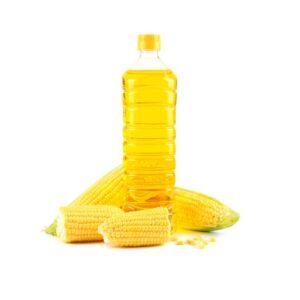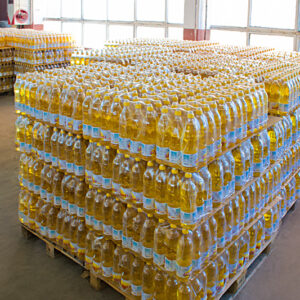Canola oil is oil made from crushed canola seeds. One of the best oils for heart health, canola oil has less saturated fat than any other oil commonly used in the U.S. Cutting down on saturated fats helps cut your cholesterol levels.
Canola Oil Benefits
Canola oil is also very high in healthier unsaturated fats. It’s higher in the omega-3 fatty acid alpha-linolenic acid (ALA) than any other oil except flaxseed oil. ALA is particularly important to have in your diet because your body can’t make it.
Studies show that ALA may help protect the heart through its effects on blood pressure, cholesterol, and inflammation. The FDA allows canola oil makers to label their products with a qualified health claim that there’s “limited and not conclusive” scientific evidence that switching out saturated fat for the same amount of canola oil may reduce risk of heart disease.
Cooking With Canola Oil
Because of its light flavor, high smoke point, and smooth texture, canola oil is one of the most versatile cooking oils. You can use it in a number of dishes and cooking methods, like:
- As a cooking oil for sauteing, stir-frying, grilling, and baking
- In salad dressings, sauces, and marinades
- To coat your pans for nonstick baking
- Instead of solid fats (such as margarine and butter) in recipes
How is it made?
According to the Canola Council of Canada, this process involves the following steps:
- Seed cleaning. Canola seeds are separated and cleaned to remove impurities such as plant stalks and dirt.
- Seed conditioning and flaking: Seeds are pre-heated to about 95℉ (35℃), then “flaked” by roller mills to rupture the cell wall of the seed.
- Seed cooking. The seed flakes are cooked by a series of steam-heated cookers. Typically, this heating process lasts 15–20 minutes at 176–221℉ (80°–105°C).
- Pressing. Next, the cooked canola seed flakes are pressed in a series of screw presses or expellers. This action removes 50–60% of the oil from the flakes, leaving the rest to be extracted by other means.
- Solvent extraction. The remaining seed flakes, containing 18–20% oil, are further broken down using a chemical called hexane to obtain the remainder of the oil.
- Desolventizing. The hexane is then stripped from the canola meal by heating it a third time at 203–239℉ (95–115°C) through steam exposure.
- Processing the oil. The extracted oil is refined by varying methods, such as steam distillation, exposure to phosphoric acid, and filtration through acid-activated clays.
In addition, canola oil made into margarine and shortening goes through hydrogenation, a further process in which molecules of hydrogen are pumped into the oil to change its chemical structure.
In addition to canola oil’s hearty helping of omega-3 fats (9%-11%), it’s also very high in monounsaturated fat (63%), a healthy fat. Another bonus: It contains phytosterols, molecules that reduce the absorption of cholesterol in your body.








